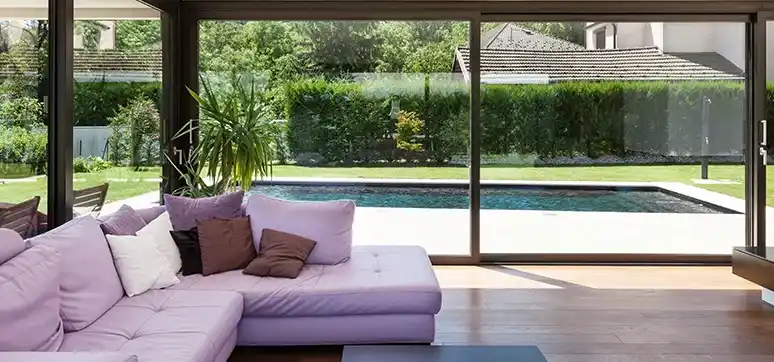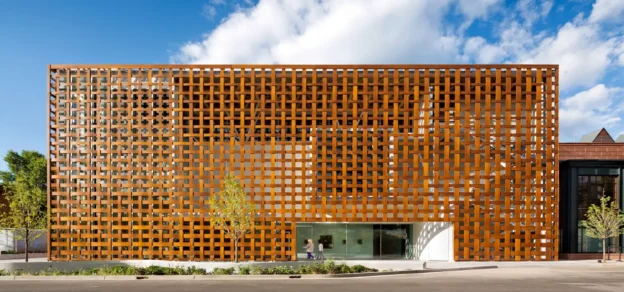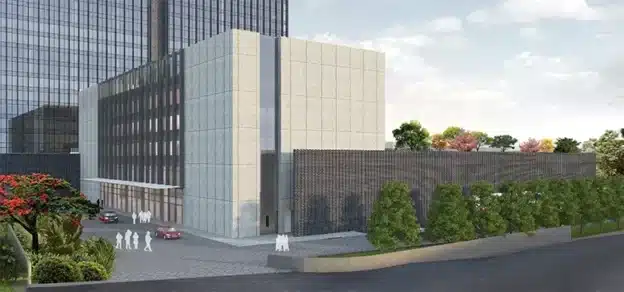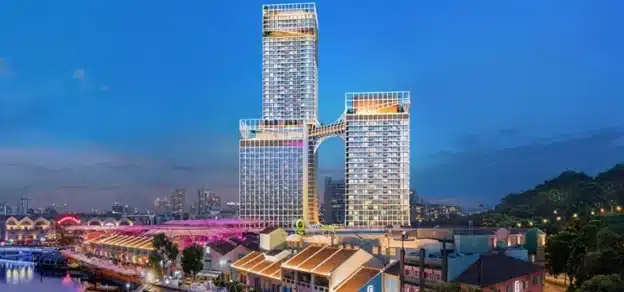Glass is a versatile material that has been used in architecture for a long time. It is due to its transparency that glass is used in spaces to create partitions without barriers. It can connect the places without the use of concrete and bricks and also let light pass through. This helps the colours and the design to show, so the use of artificial electric energy is used less during the day, and the sunlight or moonlight carries into space. Out of all the materials, glass is already used in most of our homes.
The use of glass in home decor is rarely thought of as decorative and is thought to be more utilitarian. Glass can come in several forms from the glazing, to countertops and decorative walls or even cladding and fenestration.
Glass Fenestrations
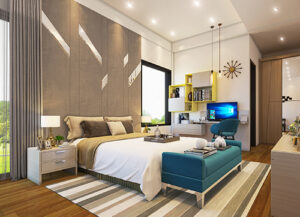
Glass fenestration refers to the installation of glass windows and doors and also use glass to make the building energy efficient. The use of glass starts with understanding the building requirements and selecting the optimum type of glass and its processing. With the logical and correct selection, glass can be a very useful and friendly material by providing optimum daylight, energy efficiency, sound insulation, comfort, and wellness, while being safe from injuries to human beings. An incorrect selection can result in just the opposite by being a source of excessive heat gain or loss, glare, discomfort, and risk of injury from the glass.
Thermal insulation:
If the priority of the building design is to insulate the interiors, then the usage of solar control glass products is recommended. The solar control glasses help in solar heat gain and offer high levels of natural light to provide comfortable and pleasant environments to live and work in. These types of glasses are not necessarily coloured or textured, though these are available to suit the aesthetics of the building.
Sound proofing:
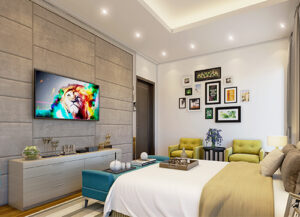
Laminated glass with soundproofing qualities can be used for fenestration. It can help to keep unwanted noise and vibrations at bay. This is also known as acoustic insulation. Another technique to achieve acoustic insulation is with double glazed glass in which vacuum sealed inner spaces and some gases affect sound insulation and provide acoustic stability.
Safety and security:
Glass is also one of the safe materials to be used from a security point of view. Toughened glass or fire-rated glass provides a great degree of protection. Toughened glass is a type of safety glass that should give you an idea that it’s the safest choice for residential as well as commercial buildings. On a rare occasion of breakage due to some harsh impact, toughened glass breaks into harmless circular chunks instead of breaking into sharp jagged shards. This reduces the risk of incurring injuries, thereby making the toughened glass less dangerous than ordinary glass. Moreover, these circular chunks can easily be swept by a broom and then thrown into the garbage without the fear of any sharp shard causing injuries.
Glass fenestration is aesthetically pleasing:
Glass when used as a facade material, makes the building look more beautiful. It not only allows natural light inside the building but also ensures comfort while providing more design flexibility to architects and interior designers.
Glass Cladding
Glass cladding in decorative or coloured glass is a practical and cost-effective alternative to tiling, painting, and other forms of decoration. Glass cladding can provide a striking, easily maintainable wall surface that is ideal in a wide range of commercial interiors and exteriors. Enameled glass is used in most glass claddings especially in hotels, big commercial buildings, and hotels.

There are two kinds of glass cladding popularly available, these are:
Curtain walling:
Typically curtain walling systems are comprised of a lightweight aluminium frame onto which glazed or opaque infill panels can be fixed. This framed wall prevents any weather from penetrating through to the building.
Rainscreen cladding:
As the name suggests, this kind of glass cladding prevents significant amounts of water from penetrating the wall construction. Rainscreen cladding is part of double-wall construction that can be used to form the exterior walls of buildings. Open joints between the panels allow a circulating air layer to be formed between the hung panels and the thermal insulation, which is mounted directly onto a building structure.
The primary difference between the two types of glass cladding is that curtain walling is usually the whole building envelope, while rainscreen cladding is just the outer protective layer of the envelope.
To conclude, glass fenestration and cladding is a popular choice for modern architectural designs. It is sustainable, aesthetically pleasing, and weatherproof. The choice of fenestration and cladding is an ultimate decision based on the purpose and the function of the building. Not only for external use, but glass is also a great choice for usage in the interiors of buildings. The versatile material is an excellent choice for all kinds of fenestrations, claddings, doors, windows and skylights.
